Rural Woman Establishes Museum to Display Unique Charm of Miaos' Embroideries
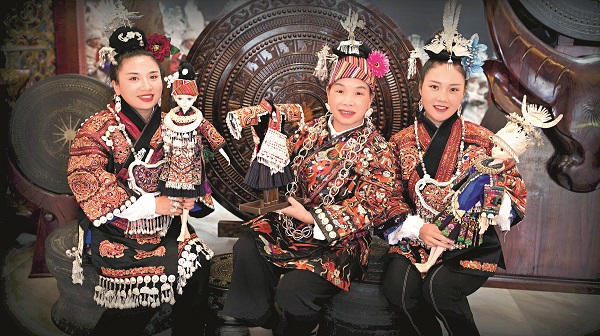
If you happen to visit Kaili (a city in Qiandongnan Miao and Dong Autonomous Prefecture, in Southwest China's Guizhou Province), you will no doubt be impressed by the Miaos' splendid costumes and adornments — throughout the ages — on exhibit in the museum established by Ou Donghua. Ou, a resident of the prefecture, is a Guizhou provincial master of arts and crafts, and an inheritor of the Miaos' embroidery.
The museum, which occupies more than 2,100 square meters, has the largest collection (more than 10,000 items) of the Miaos' crafts, including embroideries, silver ornaments and batik items.
Ou was born in 1969 into a rural family in Shibing, a county in the prefecture. She began learning how to make embroideries, from her mother and grandmother, when she was 7 years old. In 1988, she married a resident of Shidong, a town in Taijiang, another county in the prefecture. Shidong is renowned for the Miaos' gaily colored costumes. During the following several years, Ou learned different types of embroidering skills from craftswomen in Shidong. Given her superb workmanship, her embroideries have earned her prizes during many national and international arts and crafts competitions.
China's tourism industry thrived during the early 1980s, a few years after the country implemented its policy of reform and opening-up (in 1978). As the Miaos' crafts won the favor of many tourists, from around the world, Ou traveled to various cities (including Beijing, Shanghai, Guangzhou, Shenzhen and Kunming), in China, to sell the Miaos' embroideries. To collect the precious folk treasures, she raised money to buy traditional crafts from Miao and Dong residents in Guizhou.
During the past 25 years, Ou has traveled to remote mountainous areas to collect the Miaos' traditional embroidered costumes. "Sometimes, it took me more than seven hours to walk along treacherous mountain paths to get to a village," recalls Ou. "I visited a Miao family in Kaitang (a town in Kaili) more than 20 times, to persuade the family to sell their embroidered dress to me." She basked in the feeling of achievement each time she obtained a "treasure." She was delighted, through her efforts, that she had achieved something meaningful — helping more people better understand the unique charm of the Miaos' embroideries.
To promote the Miaos' traditional crafts, Ou in 2013 used her own money to establish a museum (in Kaili), in which she displayed Miaos' various crafts (which she collected during the past two decades). Around the same time, she set up a studio, in which workers could create Miao embroideries and silver ornaments. Ou hopes the museum will help preserve the Miaos' cultural heritage, and also help future generations better understand the Miaos' traditional costumes and adornments. She also hopes young people will innovate the technical skills used to make the embroideries, and also develop new embroidered products.
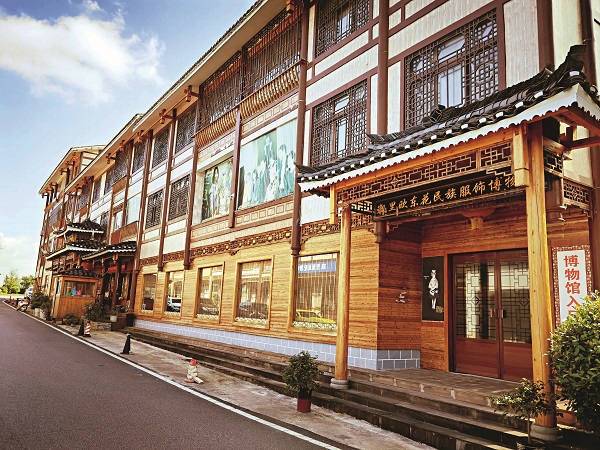
The Miaos' 100-bird dress is the most-treasured item in the museum. If you take time to observe the various embroidered patterns (including flowers, birds, fish and insects) on the dress, you will surely be impressed by the ingenious designs, and especially by the superb workmanship. Ou paid nearly 40,000 yuan (US $6,154) for the 300 -year-old dress, which she purchased from a resident of Danzhai, a county in Guizhou Province.
Every year, the museum accommodates more than 100,000 visitors from around the world. "I hope, through our exhibits, later generations will get a glimpse of the Miaos' splendid cultural heritage, so we will not sell any item (displayed in our museum), even if someone offers a high price for it," says Ou.
In September 2014, Ou took 77 of the Miaos' embroidered costumes to Paris, to display during the 2014 China Miao Embroidery Public Welfare Exhibition. Many of the exquisite costumes captured the hearts of art enthusiasts, from around the world. The exhibition, hosted by the French fashion magazine, Marie Claire, and China Soong Ching Ling Foundation (CSCLF), was one of China's important activities to mark the 50th anniversary of Sino-French diplomatic relations.
In 2016, Ou established an embroiderers' cooperative, in Changtan (a village in Taijiang), to help impoverished women improve their embroidering skills. Given the sound development of the cooperative, jobs were created for more than 420 women. To promote the development of the Miaos' traditional costumes and adornments, Ou in 2017 established Ou Donghua Intangible Cultural Heritage Museum in Xinpu, a district in Zunyi, a city in Guizhou.
Ou recently told media she plans to lead her employees in making greater contributions to the promotion of both the Miaos' embroideries and rural vitalization.
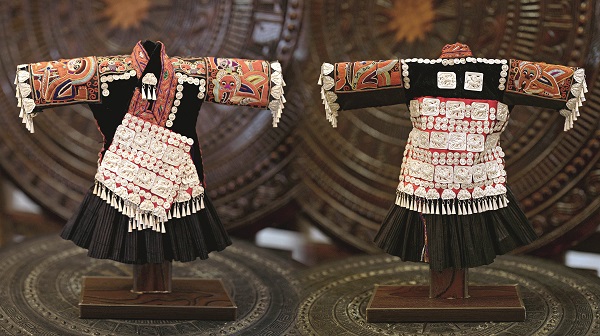
Photos Supplied by Long Yongming
(Women of China English Monthly February 2022 issue)
Please understand that womenofchina.cn,a non-profit, information-communication website, cannot reach every writer before using articles and images. For copyright issues, please contact us by emailing: website@womenofchina.cn. The articles published and opinions expressed on this website represent the opinions of writers and are not necessarily shared by womenofchina.cn.


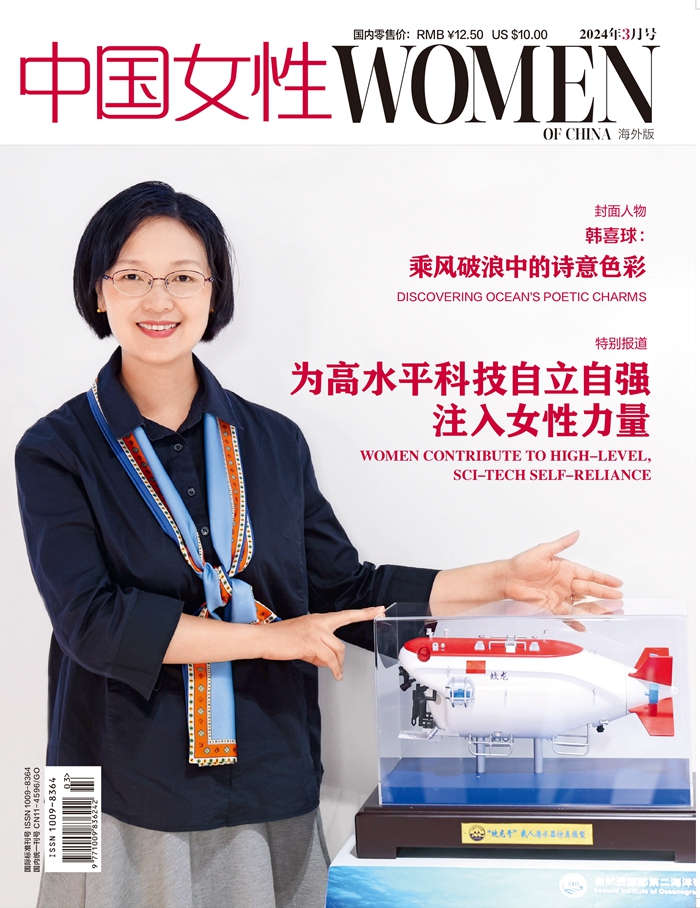

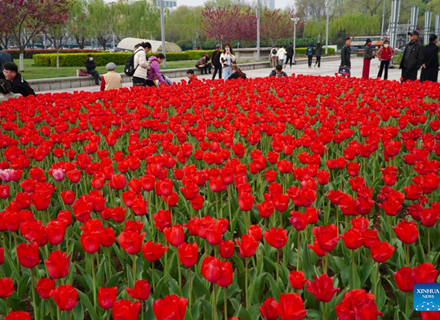
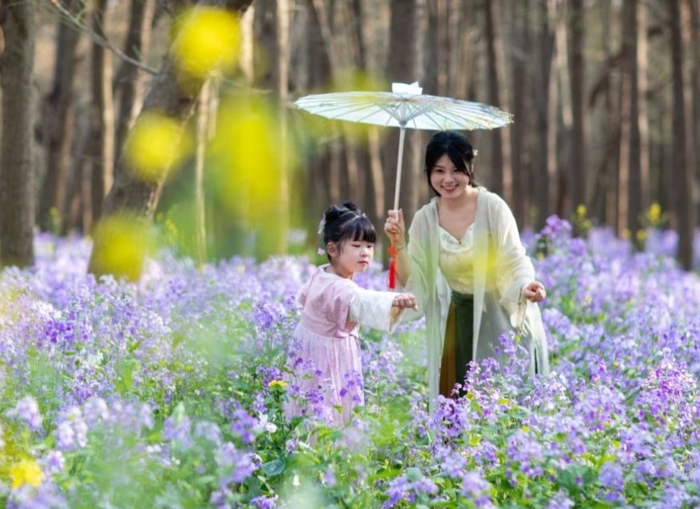


 WeChat
WeChat Weibo
Weibo 京公网安备 11010102004314号
京公网安备 11010102004314号